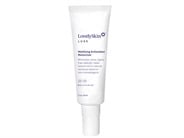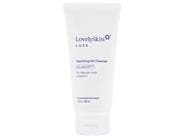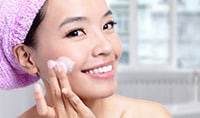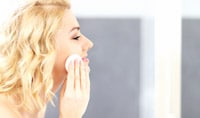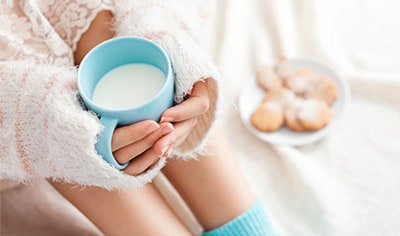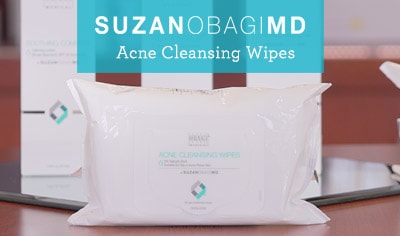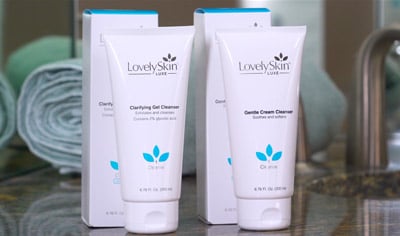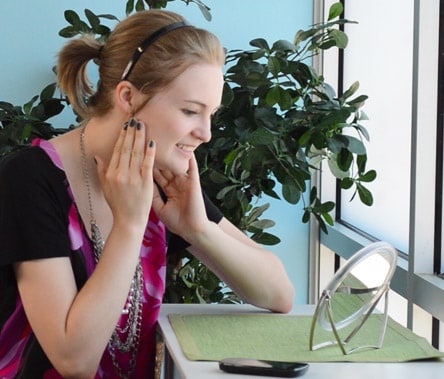
Acne doesn’t just appear during puberty. Adults can often struggle with breakouts, too. With an estimated 17 million Americans dealing with blemishes, acne is one of the most common skin conditions that affects both children and adults. In honor of Acne Awareness Month, we’re sharing what is acne, what isn’t and what could be causing your breakouts.
What is acne (and what isn’t acne)?
Acne begins when the skin produces too much oil, pores become clogged with sebum, acne bacteria spreads and inflammation occurs. Breakouts are most common on the face, but they can also appear on the chest, back, neck and shoulders. As soon as you spot acne, it’s time to see your dermatologist. Acne can easily cause severe scarring and, once it has occurred, there is little that can be done to improve it. By addressing breakouts early with the help of a professional, it’s possible to avoid unsightly scars altogether. At his practice in Omaha, Neb., board-certified dermatologist and LovelySkin CEO Dr. Joel Schlessinger sees many patients with acne and has extensive experience with a variety of acne treatments.
If you’ve tried everything to get rid of your breakouts, there’s a good chance you’re not dealing with acne. Blemishes on your skin can be caused by many things, including bacterial infections, yeast infections, rosacea, folliculitis, keratosis pilaris, milia and more. These can look like acne—especially to the untrained eye—but they aren’t. Again, this is why it’s so important to seek the care of a board-certified dermatologist.
Why is my face breaking out?
Acne isn’t always caused by one specific thing. Breakouts can be triggered by a number of factors, including:
- Hormones
- Bacteria
- Dairy in your diet
- Medications, such as corticosteroids
- Cleansing too little (or too much!)
- Stress
- Underlying conditions, like polycystic ovary syndrome
If you’re unsure what could be the culprit behind changes in your skin, make an appointment with your dermatologist. No matter what the issue, they have the expertise to find the right treatment for your needs, getting you back to beautiful skin.
Types of acne
Non-inflammatory acne
Acne can be inflammatory or non-inflammatory. You’ve probably heard of the types of non-inflammatory acne:
- Blackheads occur when pores become clogged with skin cells and sebum. Despite the pore becoming clogged, the top of the pore remains open and the sebum oxidizes when exposed to air.
- Whiteheads also form when pores are clogged with sebum and skin cells. Unlike blackheads, the top of the pore closes up, forming a small white bump over skin.
Inflammatory acne
There are also three main types of inflammatory acne. Some people only experience one of these types of acne, while others can have all three:
- Papules appear as hard bumps that are pink or red in color.
- Pustules are similar to papules, except they are filled with a yellowish fluid and can look like whiteheads.
- Nodules are painful bumps that form deep under the skin.
Papules and pustules are signs of more mild acne. Both of these types of acne occur on or near the skin’s surface. When an infection can’t reach the skin’s surface, a nodule forms deep under the skin—this is cystic acne. Many people who struggle with cystic acne also have papules and pustules somewhere else on their skin.
Our favorite acne treatments
1. LovelySkin LUXE Clarifying Gel Cleanser
When it comes to fighting blemishes and breakouts, this cleanser is the first line of defense. Carefully formulated by Dr. Schlessinger, this exfoliating face wash contains 2% salicylic acid to eliminate acne bacteria and 2% glycolic acid to exfoliate skin. The result? A clearer, healthier complexion.
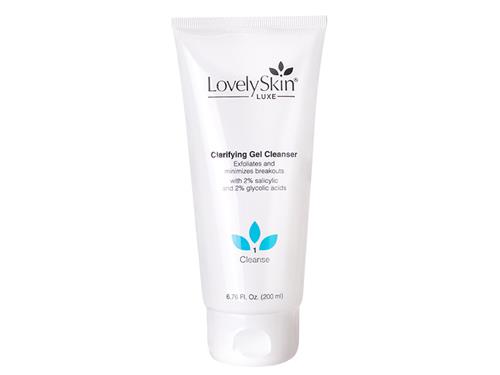
2. Obagi CLENZIderm MD Pore Therapy
Toning is an important part of any skin care routine, especially if you are prone to acne. This step helps remove any impurities left over from cleansing. Obagi CLENZIderm MD Pore Therapy helps purifies pores with 2% salicylic acid, leaving your complexion completely clean. Using this toner after cleansing your skin will help minimize acne breakouts.
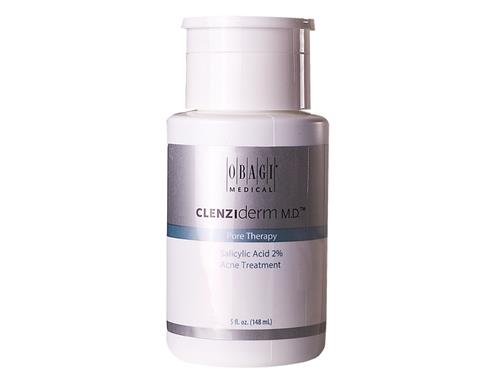
3. LovelySkin LUXE Acne Care Gel
Also developed by our very own Dr. Schlessinger, this acne treatment helps exfoliate skin, improving breakouts and preventing future blemishes. Unlike other acne treatments that can be harsh and drying on the skin, this gel contains 9% amino fruit acids to gently exfoliate the complexion, removing skin cells, oil and debris that clog pores and make breakouts worse.
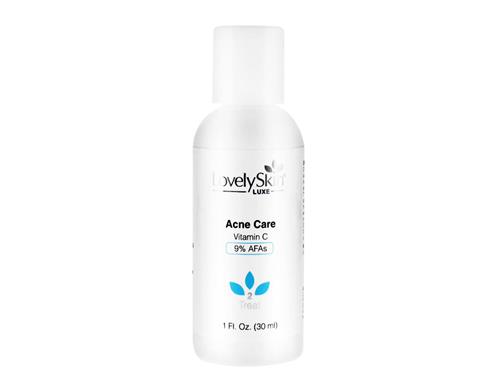
4. LovelySkin LUXE Mattifying Antioxidant Moisturizer
Acne treatments can often be drying on skin, so a moisturizer is essential. Often those with oily skin think they don’t need additional moisture because their skin is already oily, but this isn’t the case. Instead of skipping moisturizer, oilier complexions need a mattifying moisturizer like LovelySkin LUXE Mattifying Antioxidant Moisturizer. This oil-free moisturizer minimizes shine, leaving skin soft and matte all day. It also includes resveratrol, a powerful antioxidant derived from grapes, to protect skin from environmental factors.
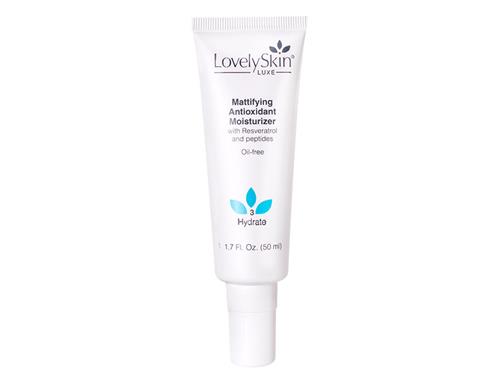
5. EltaMD UV Clear Broad-Spectrum SPF 46 Sunscreen - Untinted
Last but not least, broad spectrum sunscreen is a must. We love EltaMD UV Clear SPF 46 because its oil-free formula will not clog pores, irritate acne or cause skin sensitivity. This 9% zinc oxide and 7.5 % octinoxate lotion protects the complexion from UVA and UVB rays, while also calming blemishes, inflammation and discoloration with niacinamide.

Do you have a question about the different types of acne? Share with us in the comments below or on Facebook, Twitter or Instagram using #LovelySkin!

About the Author
Kristen is a copy editor for LovelySkin who loves catching up on the latest in skin care and beauty trends. Her favorite things include cats, concerts and Harry Potter.
Other Posts by KristenBetter Together: The 3 Best Skin Care Pa...
Father's Day Ideas for Shaving Gear & Mo...
Follow us on social
Follow us on social networks and be one of the first to learn about sales, giveaways, and free samples

